#24 de marzo
Text
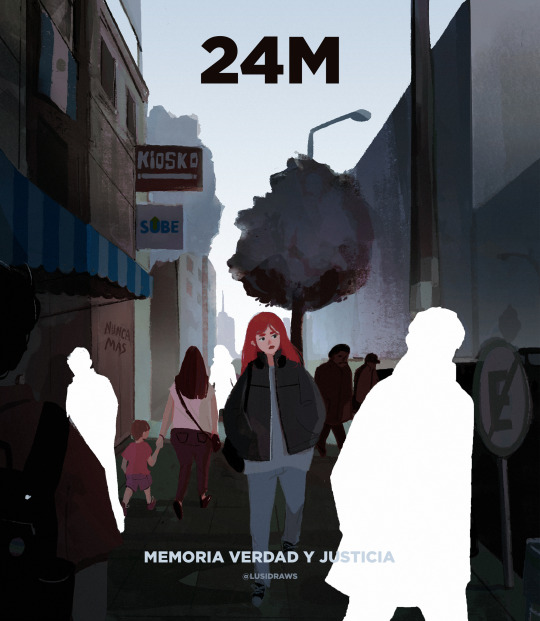
El 24 de marzo se conmemora el día nacional de la Memoria por la Verdad y la Justicia en Argentina por las víctimas de la última dictadura militar, una de las épocas más oscuras de nuestra historia.
En los años que duró esta dictadura 30 mil personas fueron desaparecidas, es por esto que decimos Nunca Más.
-
On March 24, the national day of Remembrance for Truth and Justice is commemorated in Argentina for the victims of the last military dictatorship, one of the darkest times in our history.
In the years that this dictatorship lasted, 30 thousand people were disappeared, which is why we say Never Again.
#24 de marzo#dictadura militar#argentina#ilustracion#nunca mas#son 30 mil#memoria verdad justicia#24m#artista#digital art#negacionistas dni
432 notes
·
View notes
Text
quería escribir algo emocionante e informativo sobre el 24M pero solo quiero decir: váyanse a la mierda los estadounidenses, los militares, La Libertad avanza y todo el que apoye/niegue la última dictadura en Argentina. #NuncaMas.
#24m#memoria verdad y justicia#nunca mas#argentina#argie tag#argieblr#argieposting#argentag#argie tumblr#24 de marzo#dictadura
290 notes
·
View notes
Text
I still remember the story my dad told me, the one about my grand uncle. My grand uncle who was brave, who never backed away from a fight, who always yelled and protested and demanded for his and everyone else's rights. My grand uncle who was chased out of our country, out of his home, for standing up against the dictators. He didn't even get the chance to say goodbye, to tell his family that he was leaving, that he was safe. My family spent years looking for him, never knowing if the military had kidnapped him, if he was trapped in some dirty cell being tortured. If he was hungry, thirsty, cold, scared, alone, or even alive.
It wasn't until so many years later, when the military dictatorship was finally over, that they got answers. It was the day my great grandma was in her kitchen, cooking, just like every normal day. Until suddenly a man walked in, he was dirty, his clothes were torn and old, his face was covered in mud and he had a long and unkept beard. The man sat down on the table, as if he owned the place, and casually asked "hey, what's for lunch?". My great grandma, understandably, freaked out and started yelling and screaming that there was a thief. The man tried to calm her down, but the rest of my family stormed in and grabbed him, ready to kick him out. But they stopped when they heard the man yelling in desperation "Mom! Mom! It's me!" and that's when they noticed. Under that long unkept black hair and those tired and sunken eyes, was my grand uncle, alive.
My dad told me it was something he had never seen before, his entire family crying out of both relief that he was back, and anguish for all of the lost years. Hugging him, kissing him, asking him a thousand questions.
To the government, my great uncle never existed; and if he did, he's lying; a if he isn't, he deserved it.
My grand uncle lost years in his home and with his family, and he at least got the chance to come back. His family got the chance to have answers and closure.
Many others didn't.
I still remember the story my dad told me, the one about my grand uncle. Because I know that if forget it, it will happen again.
Never again.
326 notes
·
View notes
Text




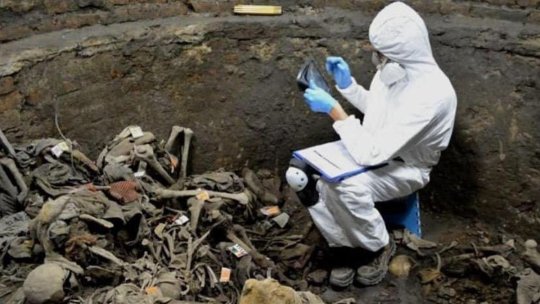
no importa cuántos fueron, sólo que nunca tendrían que haber terminado así.
156 notes
·
View notes
Text
#'porque le rompi el culo a videla' T AMO CHARLY <3#Charly García#nunca mas#memoria verdad y justicia#24M#24 de marzo#argieposting#argentina#rock argentino#rock nacional#politica
181 notes
·
View notes
Text

Los vuelos de la muerte
"Ni olvido, ni perdón. Memoria, verdad y justicia.
Día Nacional de la Memoria por la Verdad y la Justicia."
Valentina Soldano on Behance
251 notes
·
View notes
Text



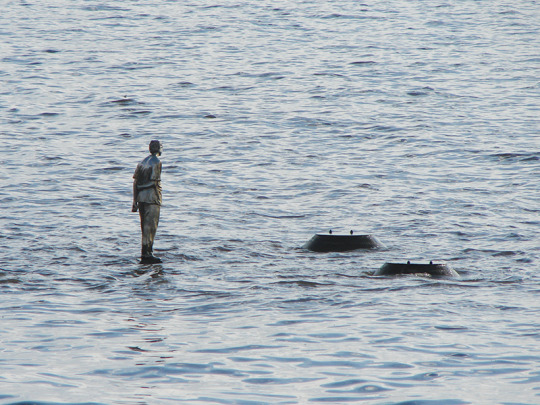
Pablo Antonio Míguez was born in 1963 and disappeared in 1977. He was kidnapped along with his mother, Irma Beatriz Márquez Sayago. He was 14 years old. About his time in captivity “Pablo was an introverted, happy, intelligent boy. He had suffered a lot. When they were kidnapped, they took him to the clandestine center El Vesubio. They used it to get my parents to talk. They made him witness the torture and rape of his mother. And there a dilemma appeared in the military. Pablo was too small to kill, but too big to let go, he had already seen a lot.”
They then transferred Pablo to the Clandestine Detention Center that operated in what is now the former ESMA. That's when he crosses paths with journalist and survivor Lila Pastoriza. She was kidnapped between 1977 and 1978, and while they were together, Pablo told her part of his story and Pastoriza was in charge of spreading it.
“When he was at ESMA he was very skinny, with long hair, and a very sad face. By mid-1978 there are no more records of him,” says his brother Eduardo. “But they didn't break them. "They killed my parents at the end of '77. They were part of the death flights." Pablo's fate is not known, it is believed that it was the same as that of his mother. The location of the Parque de la Memoria work makes sense: it is in the Río de la Plata, where many of the victims of the last dictatorship were dumped, and where Pablo's mother was dumped, and, perhaps, he was too.
198 notes
·
View notes
Text
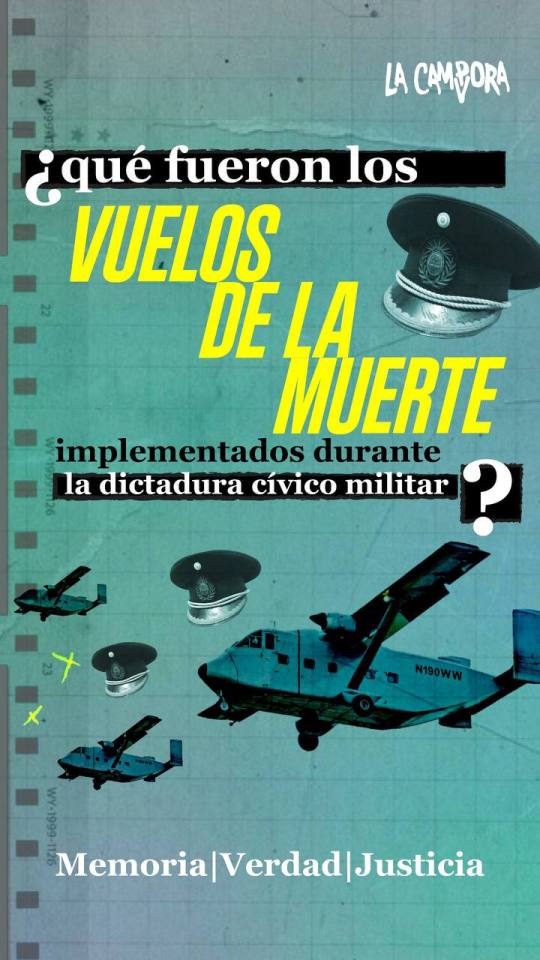

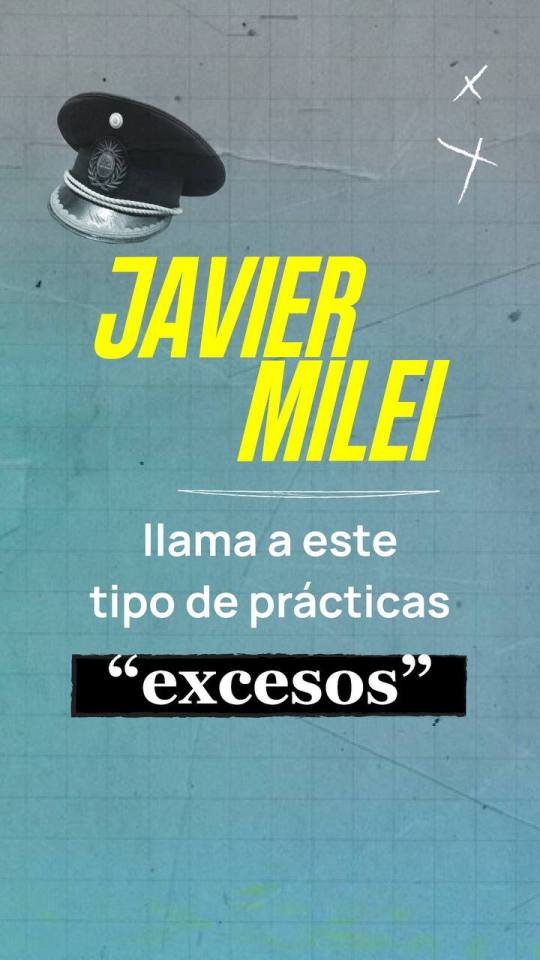

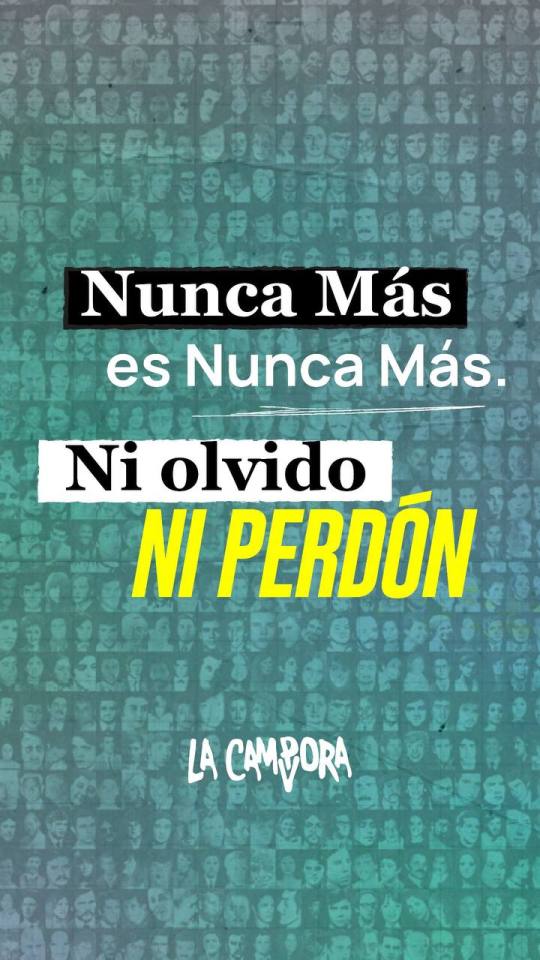

131 notes
·
View notes
Text
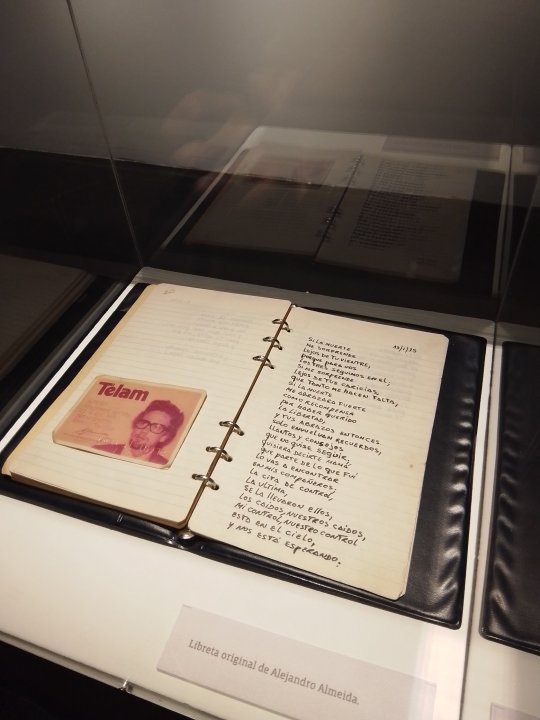
cada vez que me acuerdo del poema de alejandro almeida a su madre, taty almeida, se me estruja el corazon de una manera
108 notes
·
View notes
Text
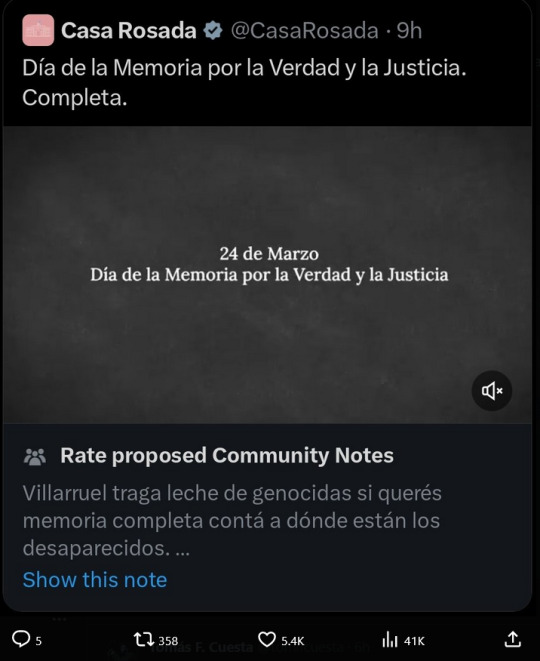
97 notes
·
View notes
Text

Concep art para el videojuego The Lost Land of Bahia Blanca sobre la dictadura militar en mi ciudad
72 notes
·
View notes
Text
a good day (24M) to remind every “woke” usamerican who calls argentinians white and discredits our voices based on a lie, that your country sistematically murdered, tortured and disappeared 30.000 of OUR woke youth not so long ago
#does plan condor ring a bell?#argentina#24 de marzo#...oh but they're white and racist.... bro you killed the ones who weren't lmao
318 notes
·
View notes
Text
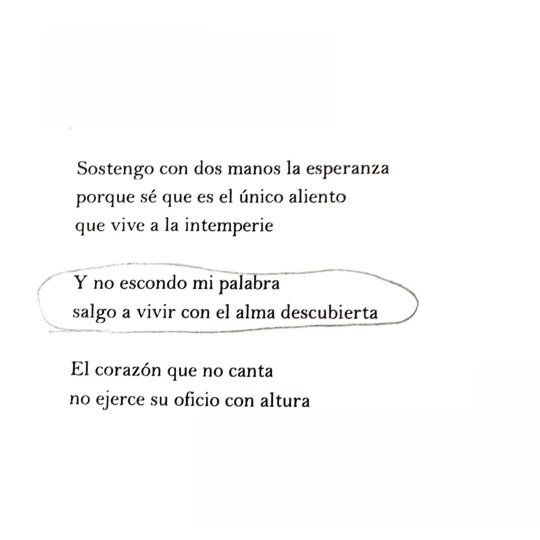
Roberto Jorge Santoro (Buenos Aires, 1939) poeta, editor, periodista, cantante. Fue detenido el 1ro de junio de 1977 y aún permanece desaparecido. NUNCA MÁS
38 notes
·
View notes
Text
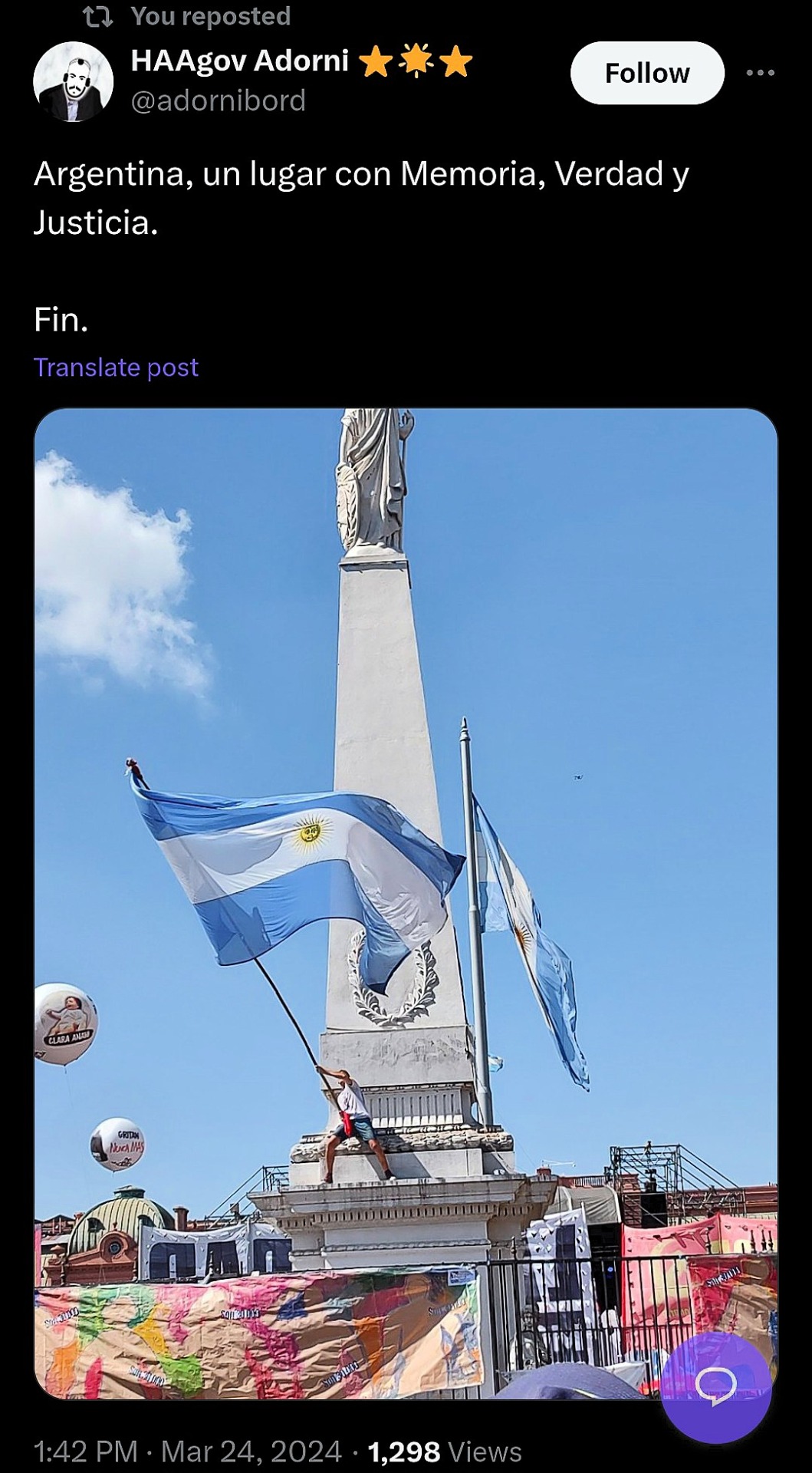
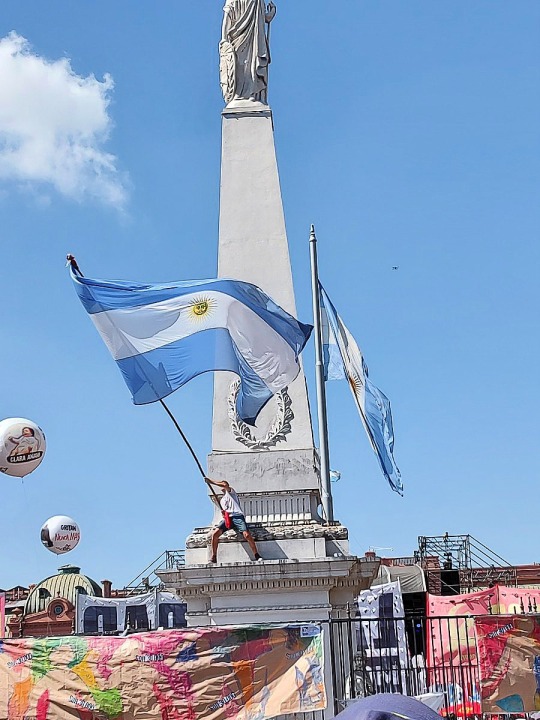
70 notes
·
View notes
Text

A partir de 1977, el Grupo de Tareas de la ESMA comenzó a organizar un sistema en torno a las mujeres embarazadas, para mantenerlas con vida hasta el momento del parto. Los recién nacidos generalmente eran entregados a integrantes de las fuerzas represivas o a sus allegados. Las mujeres embarazadas eran ubicadas en una celda a la que llamaron «pieza de las embarazadas» y no accedían a control médico alguno. El director de la ESMA, Rubén Jacinto Chamorro, denominó a este lugar la Sardá por izquierda o la pequeña Sardá, en referencia a la maternidad de la ciudad de Buenos Aires que lleva ese nombre.
- Museo Sitio de la ESMA
134 notes
·
View notes
Text

Al fascismo Nunca Más!
118 notes
·
View notes